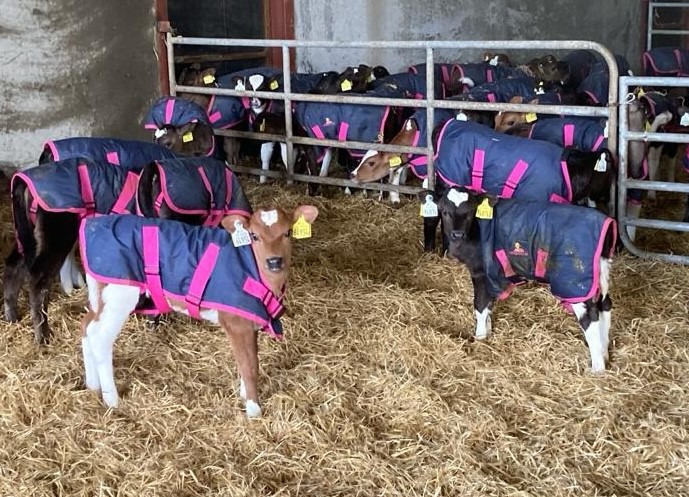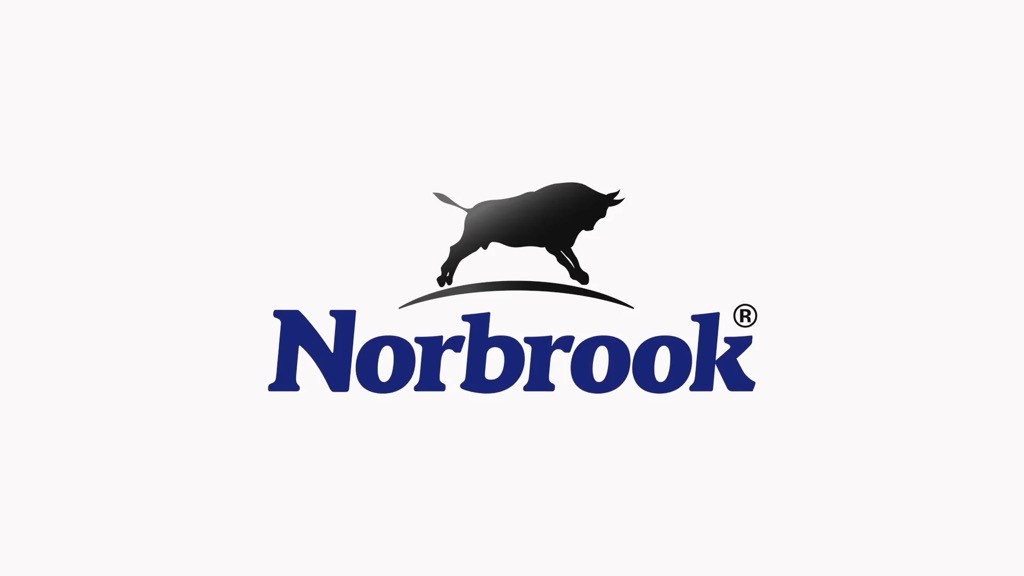Andrew Claxton is in the middle of operating a hands-on system, calving 530 cows and heifers on his dairy farm in Stradbally, Co. Waterford.
In the six weeks from mid-January onwards, 80% of the herd will have calved, with stragglers going through to mid-April.
Heifers are synchronised to help achieve a tight calving period, and the farm has been using Censortech collars for three years.
At this busy time of year, it’s important for cows and calves that nothing gets missed.
Andrew said: “During calving season, the farm has someone on duty 24-hours-a-day, and we have a system in place for every cow that calves.
“Within 10 minutes of the calf being born, both cow and calf are checked over, and the cow is milked for colostrum to go to the calf.
“While she’s in the crush, we give every cow a Calcitrace D3 bolus to prevent milk fever.”
While some of these activities are fairly routine, it’s the adoption of a standard operating procedure for the prevention of milk fever that sets Andrew’s farm apart.
“I probably need to give a bit of history as to how we got here. We have a Kiwi Jersey cross cow, and they are particularly susceptible to milk fever. We had tried a few different products to prevent milk fever, but with no real success,” Andrew said.
Milk fever occurs when the cow does not respond quickly enough to the sudden increase in calcium requirements caused by the production of colostrum and milk in early lactation.
Calving season
The majority of cases occur within 24-72 hours of calving.
If the cow is unable to activate the release of sufficient calcium from her reserves (mostly from bone), she will develop milk fever.
Although most farmers instantly recognise clinical milk fever as a ‘downer cow’, for every clinical case another three-to-six cows in the herd are likely to be sub-clinical.
Affected cows will have an increased risk of ketosis, impaired immune function and reduced milk yield. Studies have shown that milk fever also affects fertility.
“About three years ago, we began using the Calcitrace D3 bolus from Norbrook. The first year, we gave the bolus to cows at risk of milk fever, which was basically fourth lactation plus.
“The following year, we gave it to second calvers onwards. Now, we give a bolus to every cow that calves, including heifers. Any cow deemed ‘at risk’ of milk fever will also get a second bolus after 12 hours.”
Calcitrace D3 contains 45g of calcium in both fast and slow-release forms, to ensure that blood calcium levels start to improve shortly after administration, as well as helping to provide a sustained increase in calcium levels.
As well as high levels of calcium, Calcitrace D3 also contains Vitamin D3. Vitamin D is required to stimulate calcium absorption from the intestine.
“We also use the Ketonor+ bolus on any suspect cows that have maybe had a difficult calving or twins. It seems to do them good, and they get back eating and drinking very quickly,” Andrew added.

Two Ketonor+ boluses given at calving provides readily available energy sources to aid in the prevention of ketosis, and encourages the cow to start eating and drinking as normal.
The formulation also contains niacin, cobalt and yeast to support the liver, rumen and immune system.
Ketonor+ can be used as a supportive treatment in sick or convalescent cows, alongside non-steroidal pain relief and antibiotics when deemed appropriate.
Andrew’s preventative approach to metabolic disease has saved him and his team labour and stress.
“At a time of year when everyone in the team is busy milking and calving 24/7, it means that milk fever has reduced down to around one case a year in a herd of over 500.
“We’ve also noticed that the incidence of retained placenta after calving has all but disappeared, Fingers crossed, we’re set up now for a busy, but rewarding calving season this year,” he said.
For more information on Norbrook, please click here.

